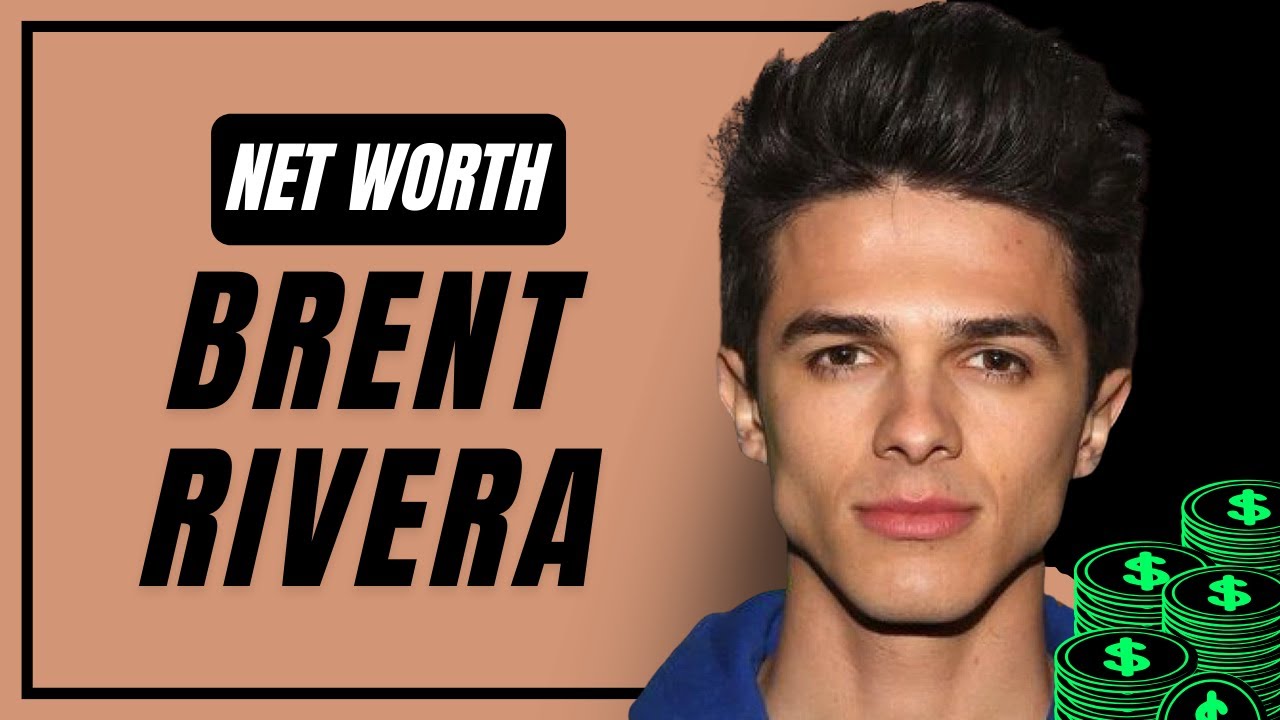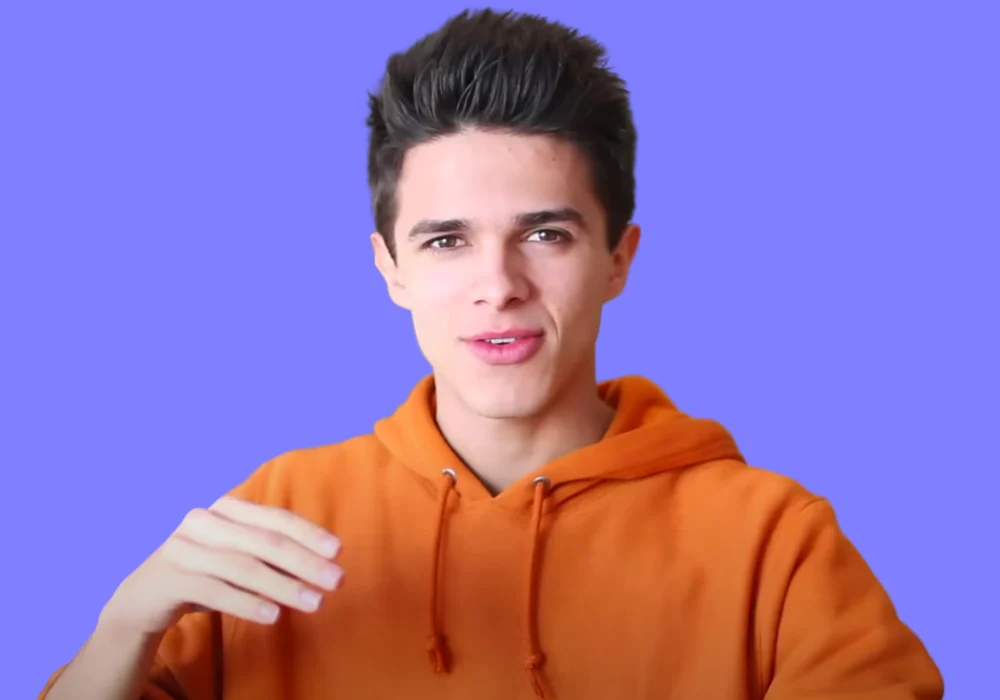The Financial Keys of Brent Rivera: From Viral Fame to a Business Holding
The trajectory of a digital creator evolving into a corporate entity offers a powerful case study in modern entrepreneurship. In this article we analyze the financial keys of Brent Rivera, exploring how a career that began with short-form viral content can be deliberately transformed into a diversified business holding. We look at revenue streams, capital allocation, valuation approaches, and the risk profile of creators who become operators. Variations on the theme — such as Brent Riveras financial blueprint, Brent Rivera: from influencer to holding company, and the economic playbook of Brent Rivera — will be woven into the analysis to increase semantic coverage while focusing on the same underlying economic mechanics.
From Content Creator to Corporate Structure
The path from being a recognisable face in social media to running a holding vehicle typically involves a set of deliberate financial and operational decisions. In the case of high-profile creators like the subject of this analysis, the evolution often includes:
- Legal structuring — formation of a holding company or parent LLC to own brands, channels, and investments.
- Operational scaling — hiring creative teams, producers, and business managers to standardise output.
- Monetisation diversification — shifting revenue reliance away from a single ad platform toward multiple businesses.
- Capital reallocation — reinvesting creator earnings into other growth assets or strategic acquisitions.
Why a Holding Company?
A holding structure introduces advantages such as tax optimisation, liability segregation, and easier capital raises. Practically, it lets a creator place a production studio, merchandise brand, and investment vehicle under one umbrella. The result is a clearer view of consolidated revenue and a more attractive structure for outside investors or partners.
Primary Revenue Streams and Economic Data
Creators who convert fame into financial enterprises typically build multiple revenue pillars. Below is a breakdown of the most common streams, with commentary on their economic dynamics and typical monetisation rates used by industry analysts.
Advertising and Platform Revenue
Advertising income includes platform-split ad revenue (e.g., YouTube Partner Program), programmatic ads on owned sites, and short-form platform monetisation. Typical economic assumptions used in modelling creator ads:
- CPM (cost per thousand views): varies by platform and content vertical — commonly between $2–$20 CPM for creators video content depending on geography and demand.
- Revenue share: platforms generally keep 30–45% of ad revenue on many formats.
- Seasonality: Q4 tends to be the highest ad revenue quarter due to advertiser demand, potentially 30–50% above average monthly levels.
Brand Partnerships and Endorsements
Brand deals are often the highest-margin revenue stream for well-known influencers. Payment structures vary: flat fees, affiliate revenue shares, or equity stakes in startups. Typical considerations:
- Flat campaign fees depend on reach and engagement; top creators can command six-figure or even seven-figure single-campaign fees.
- Performance-based deals tie compensation to sales; affiliate conversion rates for creators vary widely (0.5–5% typical).
- Equity can align incentives but complicates liquidity and valuation.
Merchandise, Licensing, and IP
Monetising brand IP through merchandise, licensing, or product lines is a core scaling strategy. Margins vary:
- Merch gross margins: typically 30–60% depending on production and distribution costs.
- Licensing deals: often structured as royalties (5–20% of wholesale) or fixed upfront payments plus royalty.
Investments, Real Estate, and Acquisitions
Reinvesting creator earnings into alternative assets reduces platform-concentration risk. Common allocations include seed investments in startups, real estate purchases for rental income or production facilities, and acquiring smaller creative shops to vertically integrate services.
Illustrative Financial Table
The table below provides a hypothetical revenue breakdown for a diversified creator holding. Numbers are illustrative and intended to show how income might be distributed after expansion into a business holding. These are not reported figures.
| Revenue Source | Annual Revenue Range (Illustrative) | Typical Margin | Notes |
|---|---|---|---|
| Ad revenue (YouTube & other platforms) | $0.5M – $3M | 40–70% | Seasonal; CPM-sensitive |
| Brand partnerships & endorsements | $1M – $8M | 70–95% | High-margin, but episodic |
| Merchandise & licensing | $0.2M – $3M | 30–60% | Scalable via e-commerce |
| Production services & studio income | $0.1M – $2M | 20–50% | Depends on utilisation |
| Investments & passive income | $0.05M – $1.5M | Variable | Dividends, rental income, returns |
| Total (Illustrative) | $1.85M – $17.5M | — | Consolidated, pre-tax |
Valuation Approaches for a Creator-Led Holding
Investors value creator businesses differently from traditional firms because a significant portion of value is derived from intangible assets — audience, brand equity, and creative talent. Common valuation approaches include:
1. Revenue Multiples
For media and content companies, acquirers often use revenue multiples. Multiples can range:
- 1x–4x revenues for stable, diversified holdings with recurring revenue streams.
- Higher multiples (5x+) for growth-stage assets with unique IP, strong margins, and defensible audience engagement.
2. Discounted Cash Flow (DCF)
A DCF requires forecasting free cash flows from content, licensing, and other business lines. For creator holdings, assumptions must explicitly model:
- Audience growth or attrition rates.
- Platform policy and ad-market cyclicality.
- Profit margin improvements from scale or vertical integration.
3. Comparable Transactions
Using recent acquisitions of digital studios or influencer networks provides market benchmarks. Multiples should be adjusted for the creators level of diversification and ownership share.
Cost Structure and Investment Priorities
To convert a creator brand into a durable business, capital allocation decisions matter. Typical investment priorities include:
- Content production scale — higher quality, more frequent releases, and cross-platform formats.
- Talent and management — hiring producers, social strategists, and CFO-level financial oversight.
- Technology and data — analytics to optimise content performance and monetisation.
- Brand and product development — creating owned IP and evergreen revenue streams.
Fixed costs (salaries, studio leases, equipment) and variable content costs should be tracked against each revenue stream to monitor contribution margins. Efficient creators typically aim for consolidated EBITDA margins north of 20% once merchandise and partnerships reach scale.
Risks, Externalities, and Mitigation Strategies
Turning virality into a long-term enterprise faces structural risks:
- Platform dependency risk — algorithm or policy changes can rapidly reduce reach.
- Brand fatigue — audience tastes change; content must evolve.
- Talent risk — the creators personal brand is often non-transferable; succession planning is crucial.
- Regulatory and tax changes — cross-border monetisation and influencer disclosures add compliance complexity.
Mitigation Techniques
To protect value, a creator holding typically adopts:
- Diversified revenue mix to reduce single-platform dependence.
- Long-term brand partnerships with multi-year contracts and performance escalators.
- Ownership of IP and licensing models that create recurring royalty income.
- Professionalisation — CFO, general counsel, and experienced operators to manage growth and compliance.
Human Capital and Scalability
Human capital is the central asset in a creator-led business. Learning to scale creativity while maintaining authenticity is both an art and a science. Important levers include:
- Systematised content production to enable repeatable quality outputs.
- Delegation and creative leadership to broaden content perspectives while protecting the core brand voice.
- Data-driven creative iteration using A/B testing and audience segmentation to guide investment in new formats.
Strategic Pathways: Growth and Exit Options
As the holding stabilises, several strategic pathways become available:
- Scaling operations to increase platform monetisation and product lines.
- Raising external capital for acquisitions or faster growth, usually via minority investments.
- Mergers and acquisitions to buy studios or niche brands and accelerate vertical integration.
- Partial liquidity events such as secondary sales to strategic partners or investors.
- Listing (IPO) — rare but possible for highly diversified and revenue-stable creator businesses.
Scenario Valuation Table (Illustrative)
The following table outlines three hypothetical valuation scenarios for a creator holding similar to the model described. All figures are examples to illustrate how business scaling and margin improvements can affect enterprise value.
| Scenario | Estimated Annual Revenue | Estimated EBITDA Margin | Implied Enterprise Value (Revenue Multiple) |
|---|---|---|---|
| Conservative | $2M | 15% | 1.5x revenue → $3M |
| Base Case | $6M | 25% | 3.0x revenue → $18M |
| High Growth | $15M | 35% | 5.0x revenue → $75M |
Practical Metrics to Monitor
For creators evolving into business holders, tracking relevant KPIs is essential to ensure the transition creates value rather than just complexity. Important metrics include:
- Monthly active audience across platforms (MAU) and engagement rates.
- Revenue per 1,000 followers — a useful normalised monetisation metric.
- Customer acquisition cost (CAC) for merch and subscription initiatives.
- Lifetime value (LTV) of recurring customers for subscription products or membership platforms.
- EBITDA margin and free cash flow generation.
Capital Efficiency and Returns
Turning virality into a sustainable holding requires disciplined capital deployment. Returns can be measured in:
- Return on invested capital (ROIC) for studio and production investments.
- Internal rate of return (IRR) for seed investments and acquisitions.
- Payback period for new product initiatives like a subscription app or e-commerce platform.
Well-managed creator holdings aim to shorten payback periods on new initiatives by leveraging the creators owned audience, which reduces CAC and increases the odds of rapid monetisation.
Regulatory and Tax Considerations
As creative income becomes corporate income, tax and compliance become more complex. Typical actions include:
- Engaging tax advisers experienced in digital content and cross-border revenue.
- Ensuring FTC and advertising disclosures for paid partnerships to avoid fines and reputational risk.
- Structuring international sales and understanding VAT/sales tax collection obligations for merchandise and digital subscriptions.
Final Thoughts on The Financial Keys of Brent Rivera: From Viral Fame to a Business Holding
The transformation from an individual content creator to a structured holding company is a multidimensional process. It requires financial discipline, strategic capital allocation, and operational professionalisation. Whether one refers to it as The Financial Keys of Brent Rivera, Brent Riveras journey from viral fame to a business holding, or the broader economic playbook for creator-led holdings, the core levers remain the same: diversify revenue, invest in owned IP, professionalise operations, and measure the right KPIs to sustain growth and manage risk.
This analysis provides a framework for understanding how a public persona and content reach can be converted into durable economic value through the formation and management of a business holding. The actual numbers and valuation outcomes will depend on execution, market trends, and strategic choices made by the creator and their management team.



